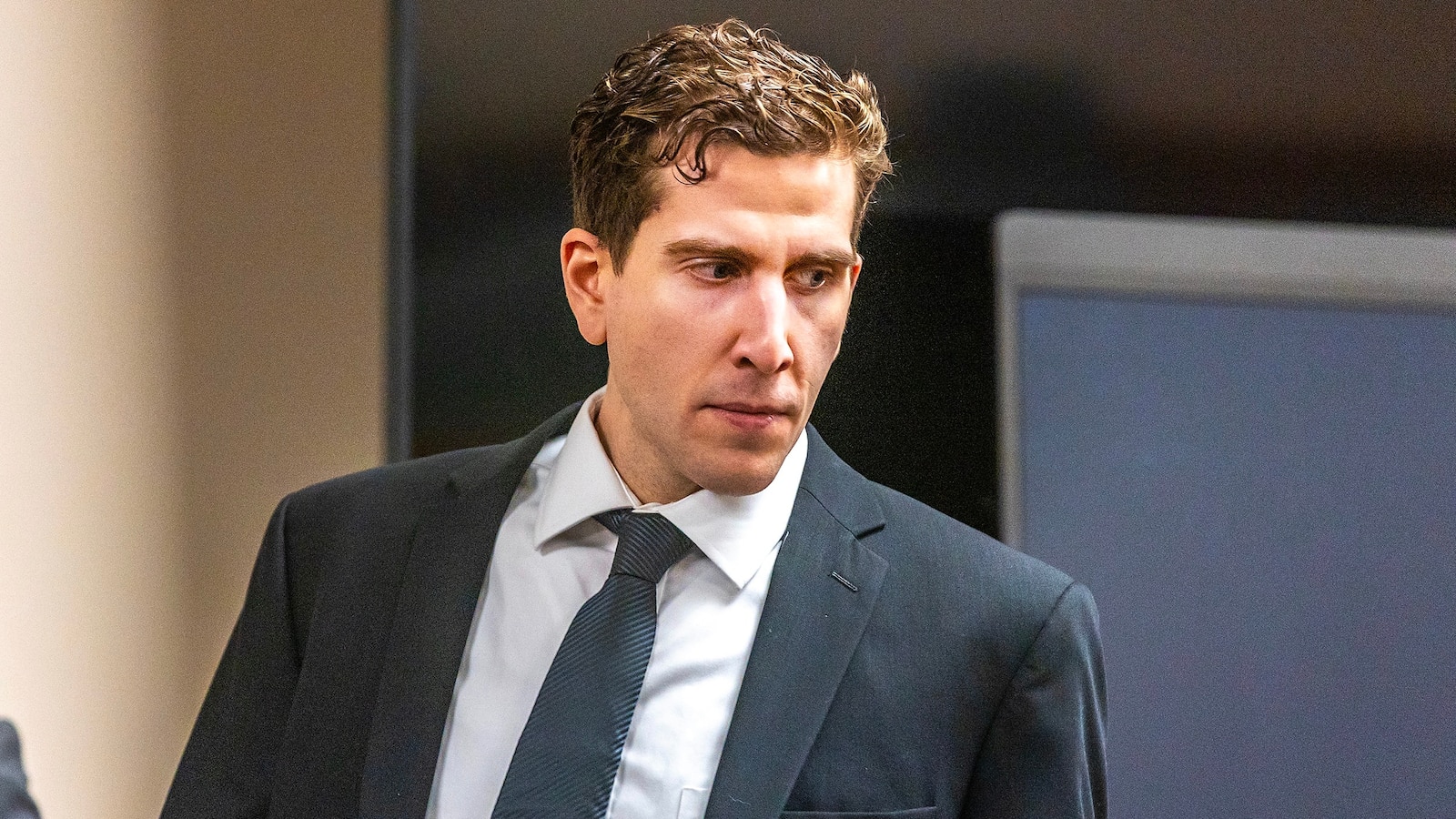Understanding the Role of DNA Evidence in Bryan Kohberger’s Case
In a significant development in the legal proceedings against Bryan Kohberger, a judge has recently denied the defendant’s request to exclude DNA evidence from the trial concerning the tragic Idaho college killings. This ruling is poised to influence the trajectory of the case and may have far-reaching implications for the legal strategies employed by both the prosecution and the defense. As the case unfolds, it is essential to delve into the details of the ruling, the implications of DNA evidence in criminal cases, and the broader context surrounding Kohberger’s trial.
The Significance of the Judge’s Ruling
The judge’s decision to allow DNA evidence to remain a central element of the prosecution’s case underscores the importance of forensic science in modern criminal justice. DNA evidence, often seen as a gold standard in legal proceedings, can provide compelling proof of a defendant’s presence at a crime scene or their involvement in a crime.
In Kohberger’s case, the prosecution is expected to leverage this type of evidence to establish a connection between him and the crime. The judge’s ruling is critical as it not only validates the use of such evidence but also strengthens the prosecution’s position, potentially swaying jurors who may find DNA evidence particularly persuasive.
What DNA Evidence Could Mean for Kohberger’s Defense
For Kohberger’s defense team, the ruling presents a formidable challenge. They may need to explore alternative strategies to counter the implications of the DNA evidence. Here are some potential defensive avenues they might consider:
- Challenging the Integrity of the Evidence: The defense may scrutinize how the DNA was collected and processed, arguing that contamination or mishandling could compromise its reliability.
- Presenting Alternative Explanations: If DNA evidence is found at the scene, the defense could propose alternative scenarios that might explain its presence, such as prior contact with the victims.
- Undermining the Prosecution’s Narrative: The defense might focus on creating reasonable doubt regarding Kohberger’s involvement, emphasizing inconsistencies in witness testimonies or other circumstantial evidence.
The strategy they choose will largely depend on the specifics of the DNA evidence presented and how it correlates with other pieces of evidence in the case.
The Broader Context of DNA Evidence in Criminal Trials
DNA evidence has revolutionized the criminal justice system since its inception in the 1980s. Its ability to provide definitive links between suspects and crime scenes has made it a powerful tool for law enforcement and prosecutors. However, it is essential to recognize that while DNA evidence is incredibly valuable, it is not infallible.
Challenges and Controversies Surrounding DNA Evidence
Despite its advantages, the use of DNA evidence is not without controversy. Some of the challenges and concerns include:
- Potential for Contamination: DNA samples can be contaminated during collection or analysis, which may lead to inaccurate results.
- Misinterpretation of Results: The statistical interpretation of DNA matches can sometimes be misleading, particularly in cases involving mixed samples.
- Ethical Considerations: The collection and use of DNA raise ethical questions regarding privacy and consent, especially in cases where individuals are not suspects but their DNA may be found at a crime scene.
These elements highlight the necessity for rigorous standards in the collection and analysis of DNA evidence to ensure its integrity and reliability in court.
The Impact of Technology on DNA Evidence
Advancements in technology have significantly enhanced the ability to analyze DNA. Techniques such as next-generation sequencing and improved methods for sample collection have increased the sensitivity and specificity of DNA testing. However, these advancements also necessitate a cautious approach to ensure that the legal system keeps pace with scientific developments.
In Kohberger’s case, the prosecution’s use of cutting-edge forensic technology could play a pivotal role in persuading the jury of his guilt. Conversely, the defense may need to employ forensic experts to challenge the validity of the methods used.
Implications for Kohberger’s Trial Moving Forward
The denial of Kohberger’s motion to exclude DNA evidence is just one piece of a larger puzzle. As the trial approaches, several factors will shape the proceedings:
- Public Interest and Media Coverage: The highly publicized nature of the case will likely influence jury perceptions, making it crucial for both sides to manage public relations effectively.
- Jury Selection: The selection of an impartial jury will be vital, as potential jurors may already have preconceived notions about the case based on media reports.
- Expert Testimony: The involvement of forensic experts will be significant in explaining the complexities of DNA evidence to the jury and assessing its implications for the case.
As the trial date draws nearer, the legal strategies of both the prosecution and defense will come into sharper focus, with the DNA evidence at the center of their arguments.
Conclusion: The Road Ahead
The ruling to allow DNA evidence to play a central role in Bryan Kohberger’s trial marks a pivotal moment in the proceedings. As both sides prepare for the complexities of the trial, the implications of this ruling will resonate throughout the courtroom. The interplay of forensic science, legal strategy, and public perception will be critical in shaping the outcome of this high-profile case.
Ultimately, the trial will not only determine Kohberger’s fate but will also serve as a testament to the evolving role of DNA evidence in the justice system. As society grapples with the ramifications of scientific advancements, the legal community continues to strive for a balance between justice and the integrity of the evidence presented in court.
See more Update My News



